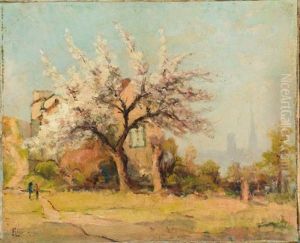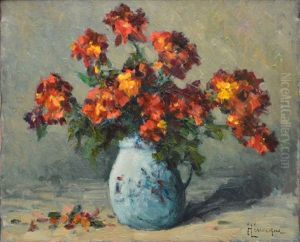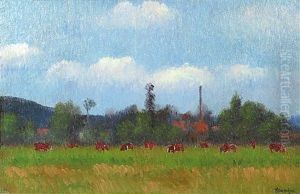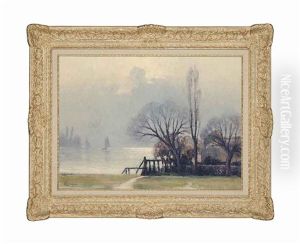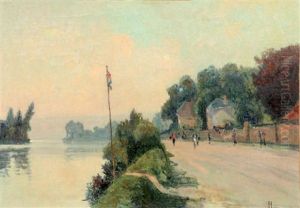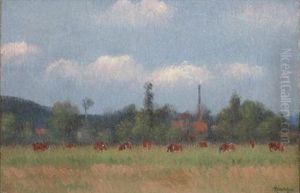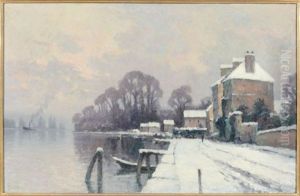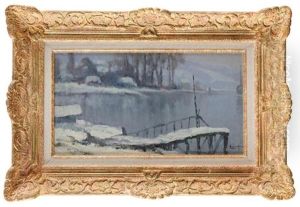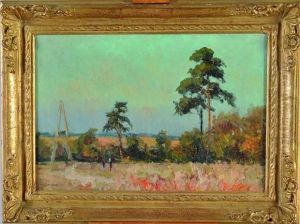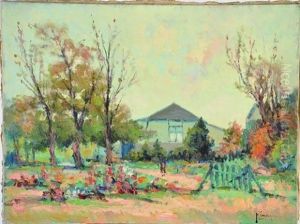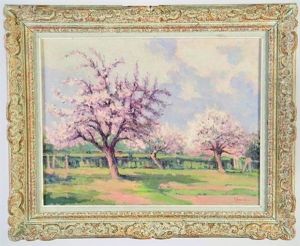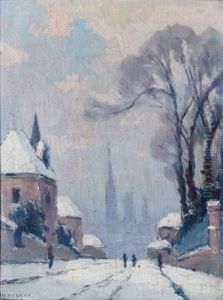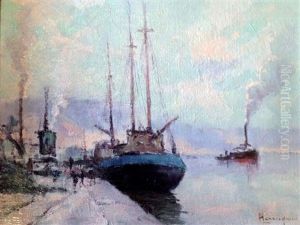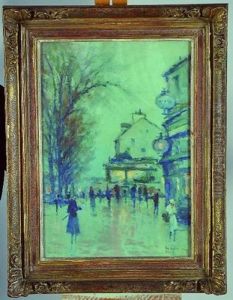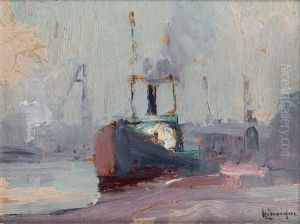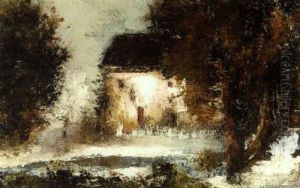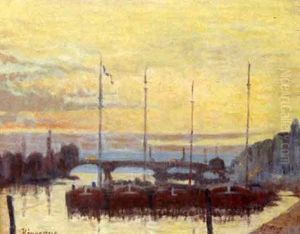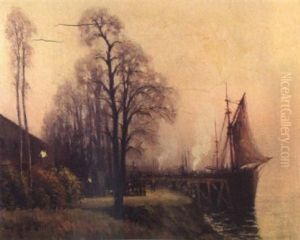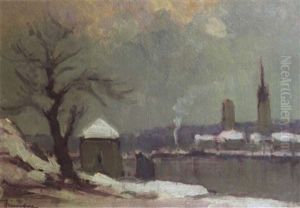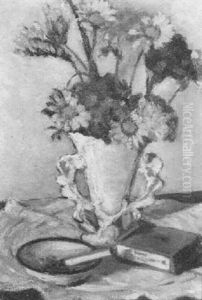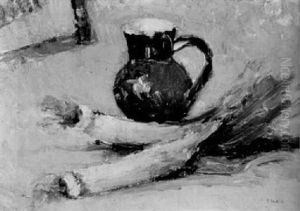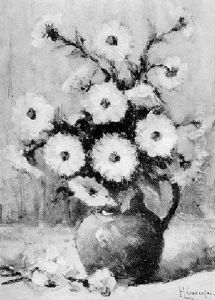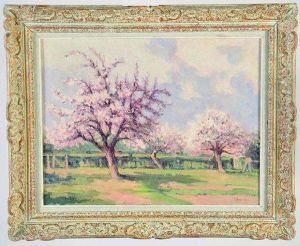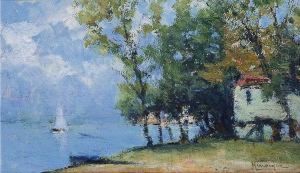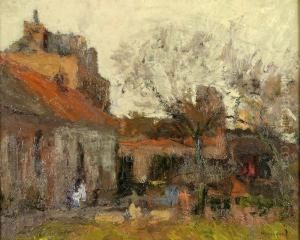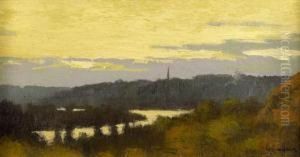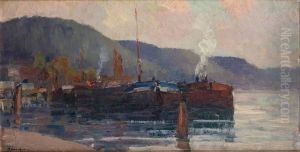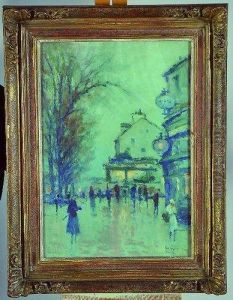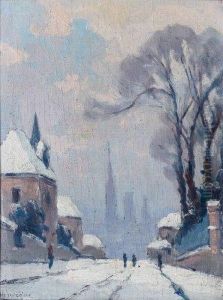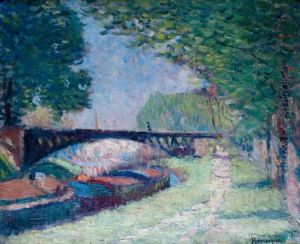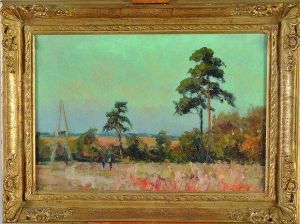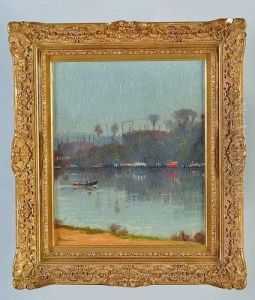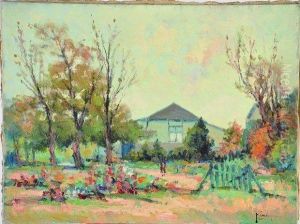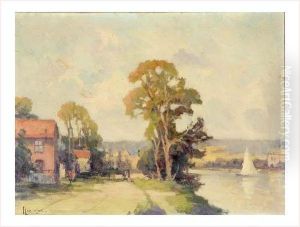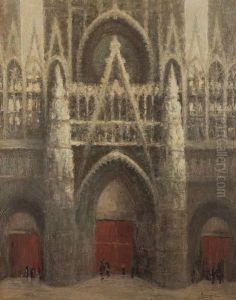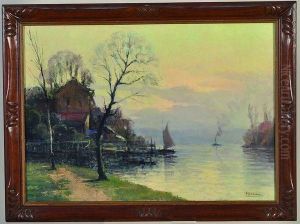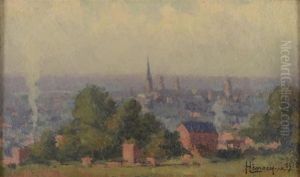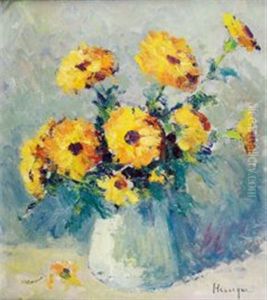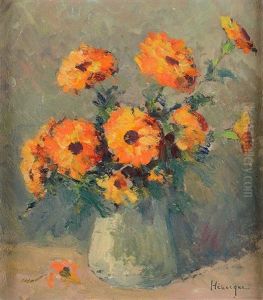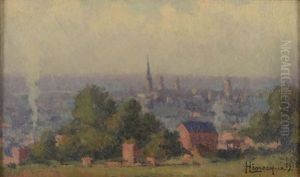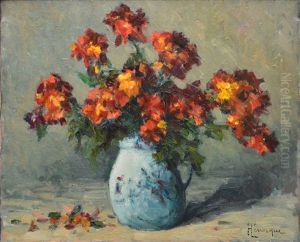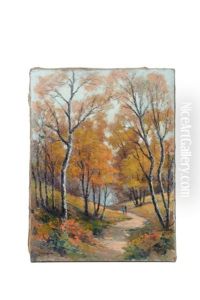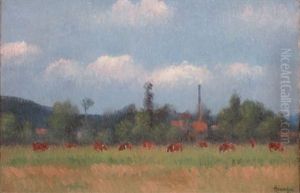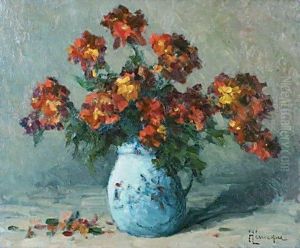Narcisse Henocque Paintings
Narcisse Henocque, a French painter whose life and work were nestled within the 19th century, remains a somewhat lesser-known figure in the art historical canon, yet his contributions to French art, particularly within the realms of landscape and marine painting, reflect the broader transitions and stylistic developments of his time. Born in 1844, Henocque's artistic journey began in an era dominated by Romanticism but was soon to embrace the shifts towards Realism and Impressionism.
Educated in the fine arts, Henocque was particularly drawn to the sea and coastal landscapes, a fascination that is evident throughout his oeuvre. His paintings often depict serene maritime scenes, bustling ports, and tranquil rural landscapes, capturing the interplay of light and atmosphere with a sensitivity that hints at the Impressionist movement's emerging influence. Despite this, Henocque's style remained distinct, rooted in a more traditional approach that emphasized detailed realism over the more radical techniques of his Impressionist contemporaries.
Throughout his career, Henocque remained relatively obscure compared to the leading artists of his day. However, his dedication to capturing the natural beauty and changing moods of the French landscape earned him a place among the respected landscape painters of his generation. His works were exhibited in several prestigious venues, including the Salon in Paris, where artists of the time sought recognition.
Henocque's life was cut short when he died in 1888, at the relatively young age of 44. Despite his untimely death, his body of work left a lasting impression on the French art scene. Today, while he may not be as widely recognized as some of his contemporaries, Narcisse Henocque's paintings continue to be appreciated for their technical skill, nuanced depiction of light, and the peaceful ambiance that characterizes his seascapes and landscapes.
In summary, Narcisse Henocque's contributions to art, particularly in the genre of landscape and marine painting, reflect a bridge between the traditional and emerging styles of the 19th century. His ability to capture the essence of the French countryside and coastal areas with both realism and sensitivity marks him as a noteworthy figure in the annals of French art, deserving of greater recognition.
